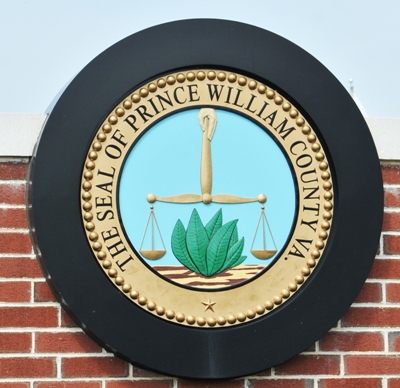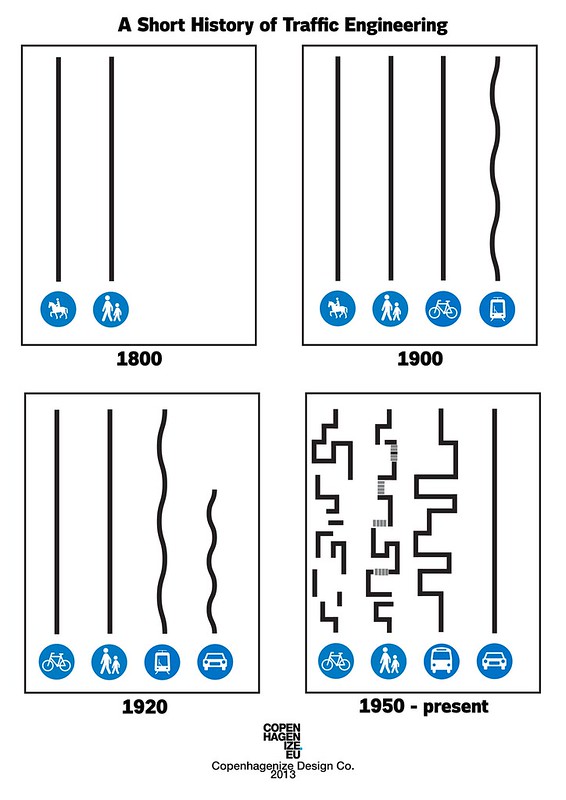
TDM Specialist
Position Description
The primary function of the TDM Specialist is to serve as an advocate for alternative transportation options. The Specialist also acts as a liaison among a variety of agencies working cooperatively to promote TDM and alternative commute options. The TDM Specialist will advocate for policy directions that support alternative modes of transportation and TDM strategies while also coordinating with various agencies in the development of related programs. Additionally, the position will review development proposals and work with clients to develop and implement programs to promote alternative transportation modes, improve air quality, and reduce automobile trips. The position also entails monitoring results, verifying plan compliance, and researching other successful programs.
Duties and Responsibilities
1. Conduct highly technical transportation analyses to form basis for future recommendations.
2. Develop scopes of work and contractual documents, as project manager, and assume responsibility for managing consulting services to address long and short term regional travel issues.
3. Supervise data collection efforts and record data in a concise and functional format, and review completed data prior to dissemination.
4. Serve as spokesperson for our clients at meetings, special and media events.
5. Organize, attend, and/or participate in special events and promotions advocating transportation alternatives.
6. Establish and maintain effective relationships with local, state, and federal agencies, employers, and other parties to develop transportation programs and resolve other transportation issues.
7. Implement annual communication plans that include promotional and educational strategies.
8. Supervise the efforts of lower level staff members.
9. Perform responsible professional and administrative related duties as required.
Qualifications
Education and/or Experience Bachelor’s degree (B.A.) in Transportation, Engineering, Geography, Planning, Economics or a relevant social science. Previous experience working in commuter transportation/TDM industry is desirable.
Skills, Knowledge, and Abilities
Computer proficiency and knowledge of transportation planning principles and experience with Transportation Demand Management concepts and strategies is highly preferred. Applicant should have excellent oral and written communication skills, be organized, capable of working independently on complex assignments, and manage multiple tasks.
Must possess a driver’s license and have access to a vehicle during business hours.
———————————————————————————————————————————————————————
TDM Marketing and Communication Specialist
Position Description
The primary function of the Marketing and Communication Specialist is to serve as an advocate for alternative transportation options. The Specialist also acts as a liaison among a variety of organizations working cooperatively to promote TDM and alternative commute options. The Marketing and Communication Specialist has a direct responsibility to develop marketing strategies that advertise TDM programs and promote travel behavior change. The Specialist generally assists with the following duties and reports to the Senior TDM Specialist.
Duties and Responsibilities
1. Organize, attend, and/or participate in special events and promotions advocating transportation alternatives.
2. Serve as spokesperson for our clients at meetings, special and media events.
3. Develop and implement all outreach and marketing activities, campaigns, and strategies to promote alternative transportation programs. This can be done through a combination of personal contacts, brochures, mass mailings, public presentations, special events, the Internet, social media, etc.
4. Establish and maintain effective relationships with local, state, and federal agencies, employers, and other parties to develop transportation programs and resolve other transportation issues.
5. Develop and implement annual communication plans that include promotional and educational strategies.
6. Performs and supervises all communication, outreach, marketing, public relations, and media duties relating to TDM projects as required.
7. Supervise the efforts of lower level staff members.
8. Assist the Senior TDM Specialist with the aforementioned duties and performs other related tasks as required
Qualifications
Education and/or Experience Bachelor’s degree from an accredited college or university in Journalism, Public Relations, Marketing/ Advertising, Business or Public Administration. Previous experience working in commuter transportation/TDM industry is desirable.
Skills, Knowledge, and Abilities
Must have proficiency in MS Office Applications, desktop publishing, database and spreadsheet software. Strong interpersonal, written, and oral communication skills are required. Must have the ability to effectively prepare and present information to various groups. The ability to work independently or with others to manage multiple tasks with minimal supervision is essential. Knowledge of marketing principles to develop and implement strategies to promote TDM programs is critical. A creative thinker a plus.
Must possess a driver’s license and have access to a vehicle during business hours.
Contact
If interested in applying for the TDM Specialist positions, please send a cover letter and resume to Courtney Menjivar atcjmenjivar@mjwells.com. Learn more about WELLS + ASSOCIATES.



























